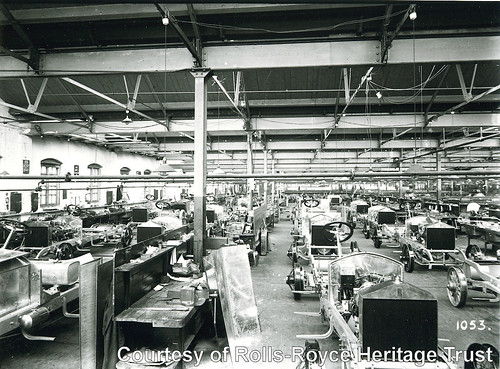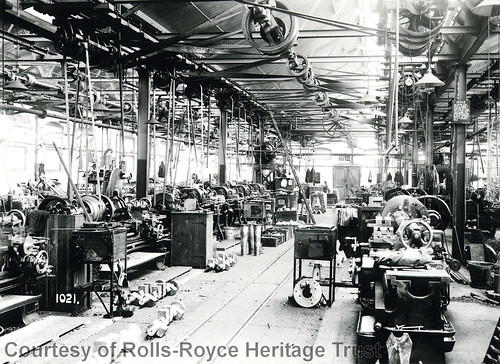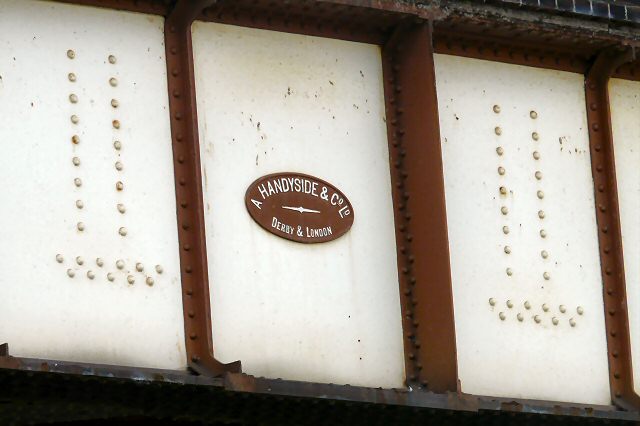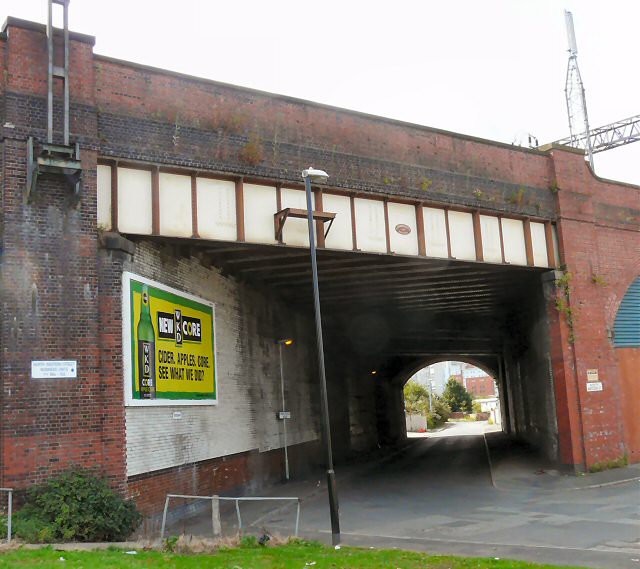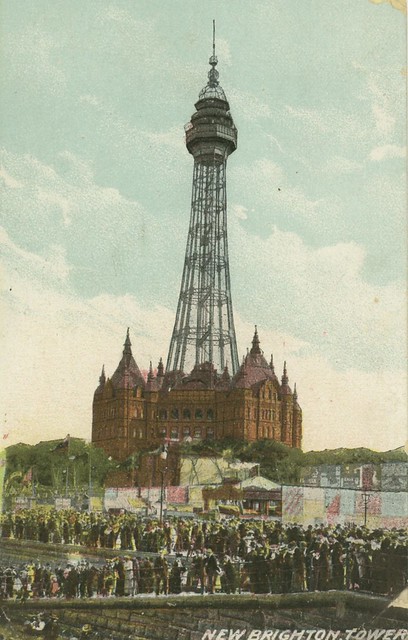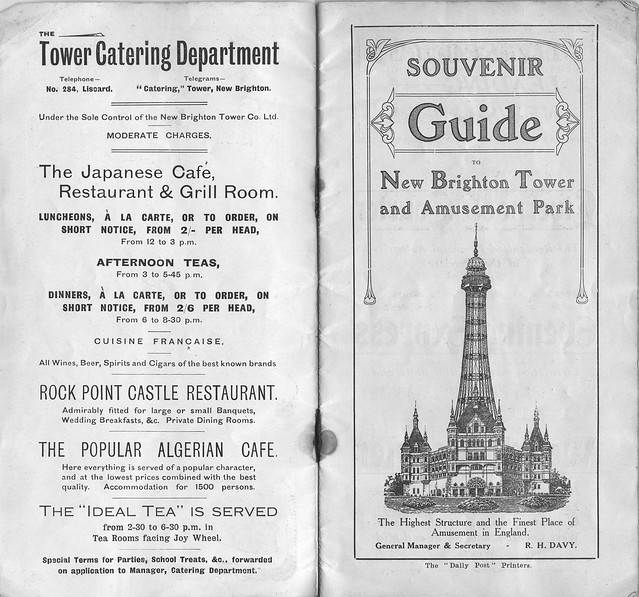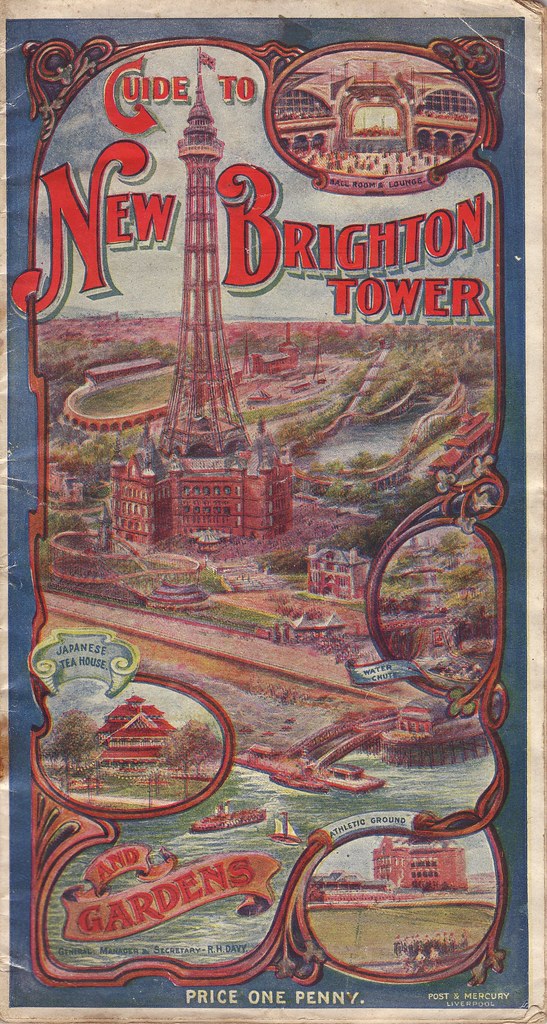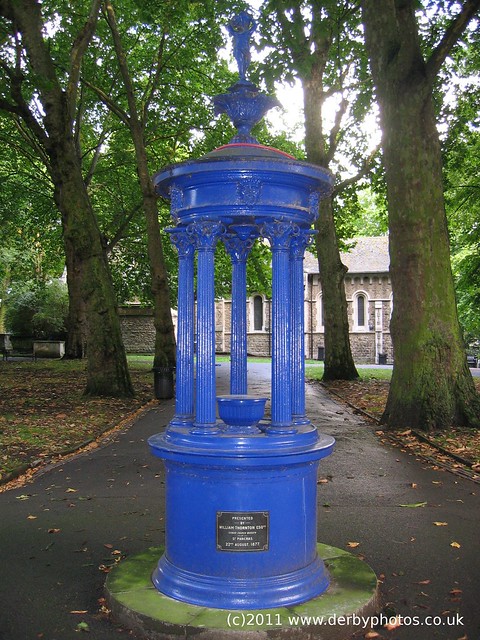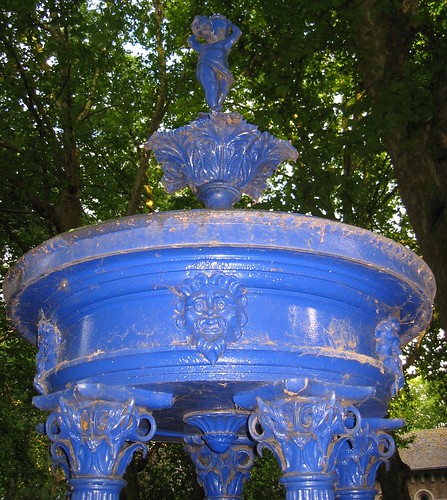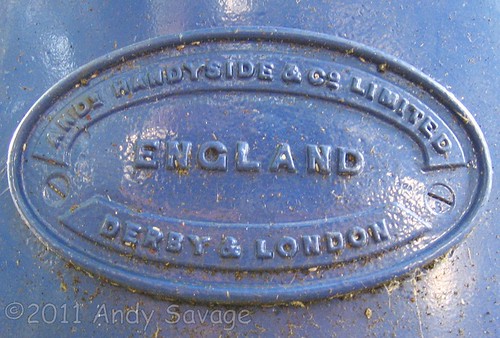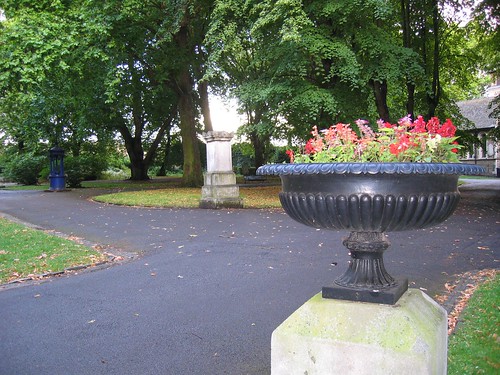The Britannia Foundry's work was well known throughout the Victorian Era for its fine quality, so these fountains can be found all over the globe but where exactly they are located is difficult to find out. But thankfully because of my extensive research here, people are beginning to contact me with details of Handyside work. I am then able to add it to my Handyside world map and this blog, where I can go into great details about every item I find including historical information, Photographs from Flickr, Videos from Youtube, Exact map locations, Google Streetviews etc.
Here is one that I found last year but was waiting for someone to take some better photographs of it for me, thankfully Alwyn Ladell from Bournemouth has now taken some great shots of it which I can now share.
This Disused Drinking Fountain by Andrew Handyside is located on the beach at Alum Chine, Westbourne, Bournemouth, Dorset, UK.
This particular design of drinking fountain is listed as Design Number 24 on Page 42 of the 1879 publication "An Illustrated book of Designs for Fountains and Vases, costing from £1 to £1200 manufactured by Andrew Handyside".
The price for this fountain is listed in April 1880 as between £18 0s 0d and £20 5s 0d depending what finish was applied (no finish, bronze/marble paint etc).
According to the drawing its 6 foot 7 inches from the base to the bottom of the lamp support and includes a animal drinking trough in the base. Looking at the photographs of this fountain it does still have those on place unlike the Curling Drinking fountain in Eastbourne.
Its a real shame that this Victorian drinking fountain has been allowed to get into this sorry state.
This is probably around 140 years old and has been left to rot. I'm very surprised that this has been allowed to happen, perhaps the council don't realise what they have here! Is it even listed?
Perhaps if you live in this area you should let someone who cares know about this neglected fountain.
This fountain is missing the water spout, the two cup holders and the lamp on the top. It DOES however still retain the Handyside plaque which the Eastbourne fountain does not.
Photographs of this old drinking fountain.
Front view of the drinking fountain showing the two intertwined dolphins on the top, Looks like the lamppost has rotted away.
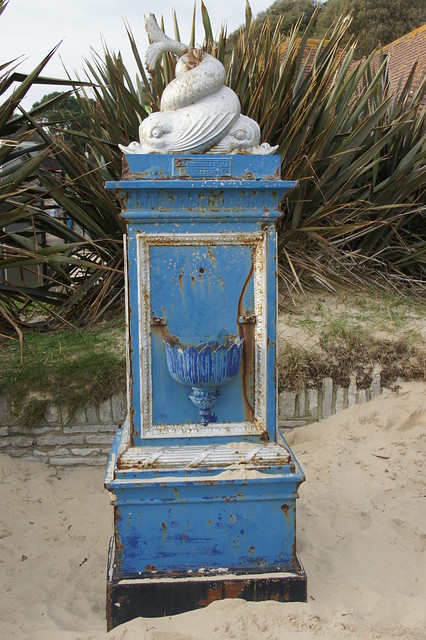
Angled view of the fountain, at this angle you can see one of the animal drinking troughs in the base.

The "A. Handyside & Co Ld" plaque located at the top of the fountain just below the dolphins.

The Handyside logo located on the ??????? of the fountain.
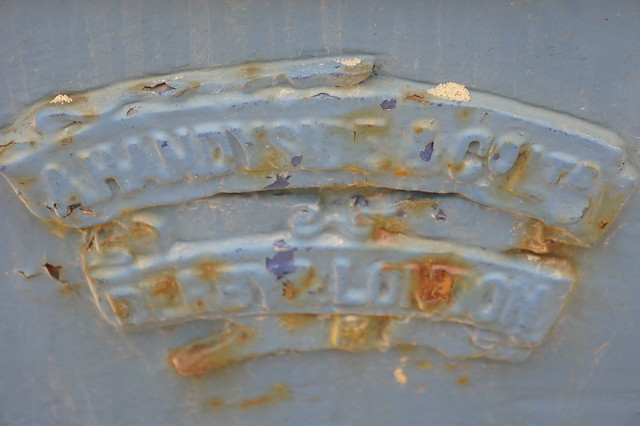
Photograph of the fountain from 2009 by Martin R :

A Postcard from 1926 showing the fountain, probably in working at this time :
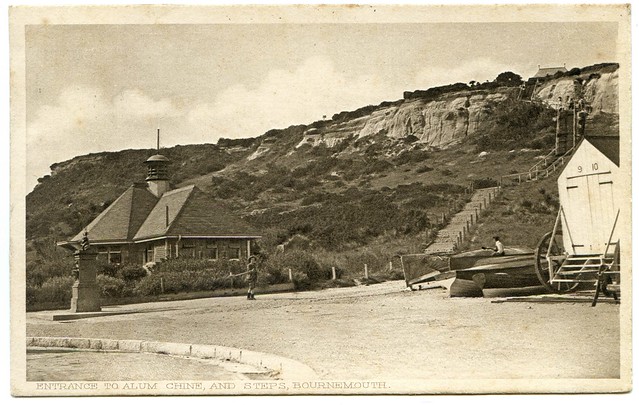
I found another photograph of this fountain on Geograph.
This exact same model of drinking fountain in great condition can be found in Eastbourne, see my blog post on this other fountain here - Eastbourne fountain.
Map Location:
View my Andrew Handyside World Map to see the exact location of this fountain on my world map.
My world map is the result of hundreds of hours of research into the company, plotting out each item as I find it.
Can you help find more Andrew Handyside stuff ?
If anyone out there knows of any other Fountains around the world bearing the Handyside badge that I have not mentioned yet then please get in touch with details, location, photographs etc.
Thanks
Andy

